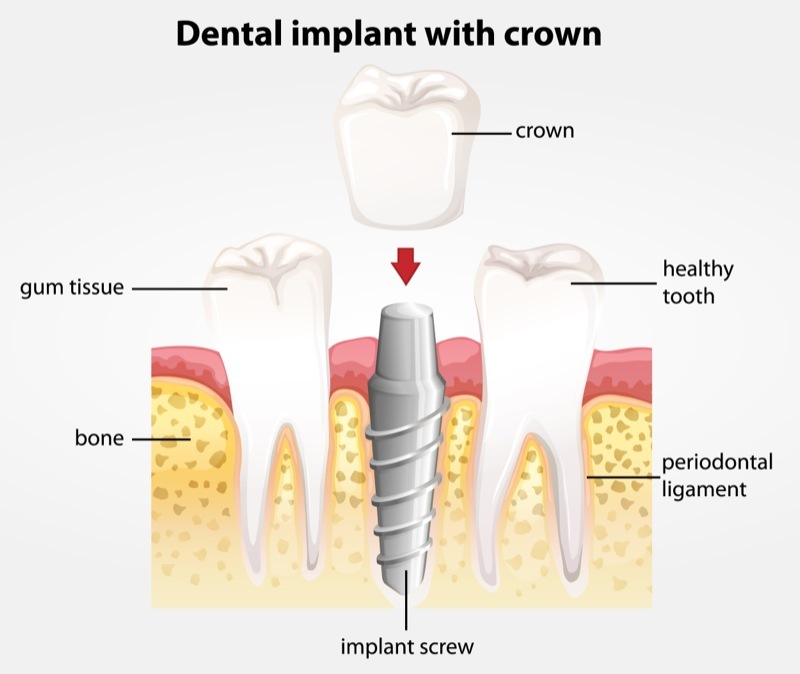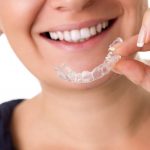The Different Parts of a Dental Implant
Implants are quite rightly regarded as the royalty of tooth replacement. The artificial tooth mechanism seems more worthy of wearing the crown than the cap procedure is of having it as an a.k.a name, and it’s more effective and less intrusive than both the partial denture and dental bridge alternatives which suspend artificial teeth into gaps with the support of healthy teeth.
Advantages and Disadvantages
The claims are not just idle boasts according to the long list of advantages assigned to using implants. Among these are implants’ comfort and convenience; their natural appearance; and their low impact on speech and the ability to eat. To cap it all, they are seen as lasting the longest of the tooth replacement options and putting the least strain on surrounding teeth.
However, it’s not all sunshine and roses. Some disadvantages do dim the royal glow. These include the need for surgery, which by its nature brings with it a healing period and carries the threat of infection. Implants also require adequate bone to support them, and there is a chance that during their lifespan (which is cited at anything up to 20 years), problems might rear their heads in terms of the implants’ components with regard to possible mechanical failure and the dental crown fracturing at some point.
Implants also involve a commitment to high levels of oral hygiene and regular dental visits to ensure their longevity, but then again that’s a commitment that applies to other tooth replacements and our natural teeth, if we want them to last a long time.
Types of Implants and Their Components
Most implants work on similar principles and have three similar components, the body, the abutment and the crown. At the jawbone level, the body which will ultimately support the entire structure is implanted in or on the bone, and the abutment or post-like support for the visible porcelain crown is attached to it. And in most instances, a false crown is attached first to give the gums a chance to heal before the final ceramic crown is attached.
The two major types of implants differ mainly in the way the body is attached to the bone, and in the number of incisions required. The Endosteal implant involves two surgeries, one to implant the screw-like titanium body directly into the jawbone. The second allows for the abutment (or post) that will eventually support the porcelain crown, to be attached after the gums have been given a chance to heal.
The second type, the Subperiosteal implant, involves only one surgery. It also uses a different body and way of attaching it to the jawbone, instead of fitting a metal frame onto the bone just below the gum tissue and allowing it to become permanently attached to the bone as the gum heals. With the abutment post already attached to the implant and protruding through the gum, all that remains to be done is the attachment of the porcelain crown.
If considering an implant, your dentist will be the best person to offer guidance as to whether or not you are a good candidate for the procedure, and, if so, which type of implant will be the best option for you.





